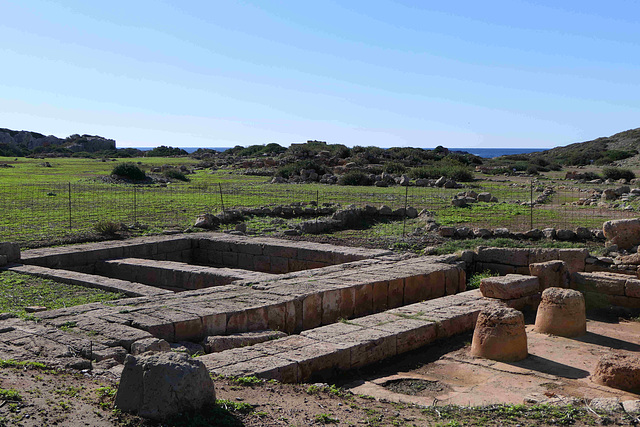Phalasarna - Agios Georgios
Phalasarna - Agios Georgios
Kissamos – Cave Church of Agios Ioannis
Kissamos – Cave Church of Agios Ioannis
Kissamos – Cave Church of Agios Ioannis
P1140334xxx555xxxxxxxx
Polyrrhenia
Polyrrhenia
Polyrrhenia
Polyrrhenia - 99 Holy Fathers of Crete
Polyrrhenia - 99 Holy Fathers of Crete
Polyrrhenia - 99 Holy Fathers of Crete
Polyrrhenia
Crete
Rethymnon - Rakodikio
Topolia
Topolia - Gorge Topolia
Cave of Agia Sofia
Cave of Agia Sofia
Cave of Agia Sofia
Chrysoskalitissa Monastery
Chania - Tamam
Chania - Tamam
Phalasarna
Phalasarna
Phalasarna
Platanias
Crete
Gouverneto Monastery
Agia Triada Monastery
Monastery of St. John the Merciful
Gonia Monastery
Gonia Monastery
Gonia Monastery
Gonia Monastery
Gonia Monastery
Gonia Monastery
Gonia Monastery
Gonia Monastery
Gonia Monastery
Tholos of Maleme
Tholos of Maleme
Tholos of Maleme
Aptera
Aptera
Location
Lat, Lng:
You can copy the above to your favourite mapping app.
Address: unknown
You can copy the above to your favourite mapping app.
Address: unknown
Keywords
Authorizations, license
-
Visible by: Everyone -
All rights reserved
-
10 visits
Phalasarna


The historic city of Phalasarna was founded around the 5th century BC as a port city of the inland city of Polyrrhenia.
Phalasarna had in ancient times an enclosed artificial naval harbor, connected to the sea by a canal. It was carved out of the coastal cliffs, measuring 100 × 75 meters. As a fortification, the harbor had four towers dating from the 4th century BC. In the 3rd century BC, Phalasarna was an important trading post, however, the main source of income was piracy. In 69-67 BC the Romans sent forces to eliminate piracy, stormed Phalasarna, blocked its harbor with massive masonry, and destroyed the city. A major earthquake in 365 AD, and the resulting uplift of the land mass near Phalasarna by six to nine meters, drained the harbor basin.
The location of the city was then forgotten and was rediscovered in the 19th century and excaveted from the 1960s on.
Unfortunately the excavation site is closed in winter, but a gate was left open. I did feel uneasy breaking in, but tiptoed in for some minutes
Phalasarna had in ancient times an enclosed artificial naval harbor, connected to the sea by a canal. It was carved out of the coastal cliffs, measuring 100 × 75 meters. As a fortification, the harbor had four towers dating from the 4th century BC. In the 3rd century BC, Phalasarna was an important trading post, however, the main source of income was piracy. In 69-67 BC the Romans sent forces to eliminate piracy, stormed Phalasarna, blocked its harbor with massive masonry, and destroyed the city. A major earthquake in 365 AD, and the resulting uplift of the land mass near Phalasarna by six to nine meters, drained the harbor basin.
The location of the city was then forgotten and was rediscovered in the 19th century and excaveted from the 1960s on.
Unfortunately the excavation site is closed in winter, but a gate was left open. I did feel uneasy breaking in, but tiptoed in for some minutes
- Keyboard shortcuts:
Jump to top
RSS feed- Latest comments - Subscribe to the comment feeds of this photo
- ipernity © 2007-2025
- Help & Contact
|
Club news
|
About ipernity
|
History |
ipernity Club & Prices |
Guide of good conduct
Donate | Group guidelines | Privacy policy | Terms of use | Statutes | In memoria -
Facebook
Twitter

Sign-in to write a comment.